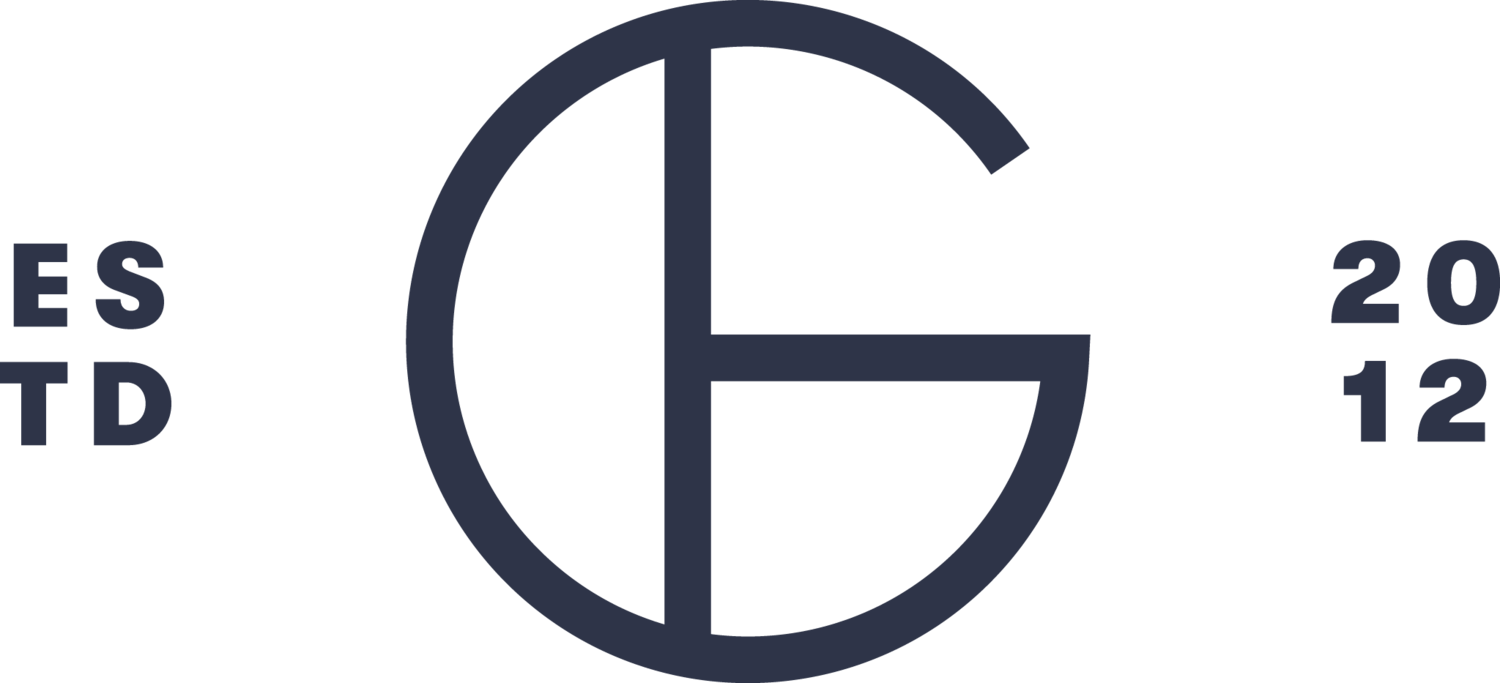The Stimulus Bill: 4 Housing Protections You Should Know
/In 2010 at the height of the Great Recession, 2.8 million properties filed for foreclosure. The good news is several of the key provisions of the stimulus package is attempting to avoid that repeat, as millions file for unemployment due to COVID-19. You have likely heard about the $1200 checks many adults will be able to received, but included in that bill (known as the CARES Act) are several protections everyone from renters to home-owners to investors (and even soon to be homeowners).
Here are the 4 biggest impacts we have been able to identify in the bill in regards to any American who owns or rents property:
1. Mortgage Forbearance/Foreclosure Protections
During this designated disaster period — which began on March 13 — a borrower with a federally backed loan can request forbearance through the loan servicer. A federally-backed loan meaning guaranteed or insured by the FHA, VA, Department of Agriculture or purchased or securitized by Fannie Mae or Freddie Mac (many conventional loans are).
Once the request is submitted, forbearance is granted for a period of up to 180 days at the request of the borrower. No fees, penalties or interest beyond the amount scheduled can be accrued on the borrower’s account.
The servicer cannot request any proof beyond the borrow’s attestation to a financial hardship caused by COVID-19. The servicer of any Federally backed loan also cannot initiate the foreclosure process for not less than a 60-day period beginning on March 18.
Before considering this option it is important to understand the difference between a Loan Forbearance and Modification. While temporarily providing some relief, it may not make sense for all.
2. Multi-Family Property Owner Protection
During the covered period, all of the protections extend to homeowners are being extended to owners of multi-family properties with Federally-backed loans as well. The loans are aimed at providing relief to the building owners that may be facing hardships — possibly due to the inability of tenants to pay.
Unlike single-family homeowners, in this instance, multi-family building owners need to document the financial hardship they are facing and can request forbearance for up to 30 days. That forbearance can be extended for two additional 30 day periods.
Renter protections are built into this section of the bill, guaranteeing that the building owner receiving forbearance cannot evict or initiative eviction of tenants based on nonpayment of rent or charge any late fees to tenants due to late payment of rent.
3. Tenant Protections
The biggest is a delay on any form of Eviction proceedings. For the next 120 days, the owners of any dwelling that participates in any housing program covered by various acts — including the low-income housing tax credit program, National Housing Act, Homeless Assistance Act, National Affordable Housing Act, rural housing voucher program and others — cannot begin any action to initiate eviction proceedings to re-take possession of a dwelling for nonpayment of rent, or charge any fees or penalties related to nonpayment of rent.
The protections also apply to tenants of any building that’s owned by a lessor with a federally-backed mortgage, including through the U.S. Department of Housing and Urban Development.
This does not mean rent is not owed and part of the reason I listed the multi-family owner protections first.
4. Credit Protections
The stimulus package amends the Fair Credit and Reporting Act to allow more leeway for consumers that come to agreements with lenders on deferring, making partial payments, modifying a loan, forbearing delinquent amount and utilizing any other relief. It’s a measure designed at not allowing the tanking of credit scores of millions of Americans suddenly finding themselves out of work due to coronavirus.





